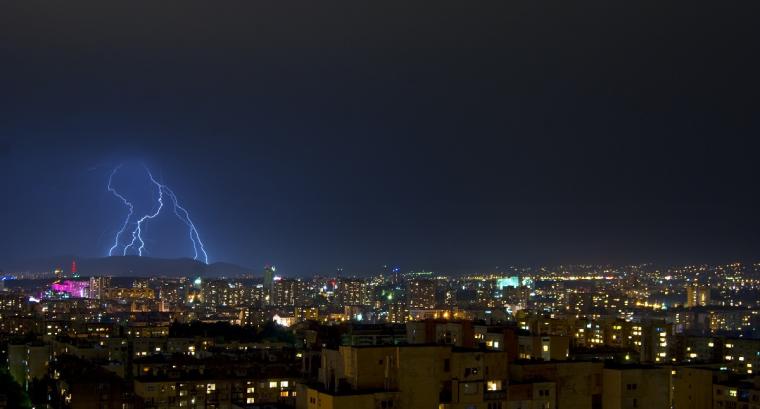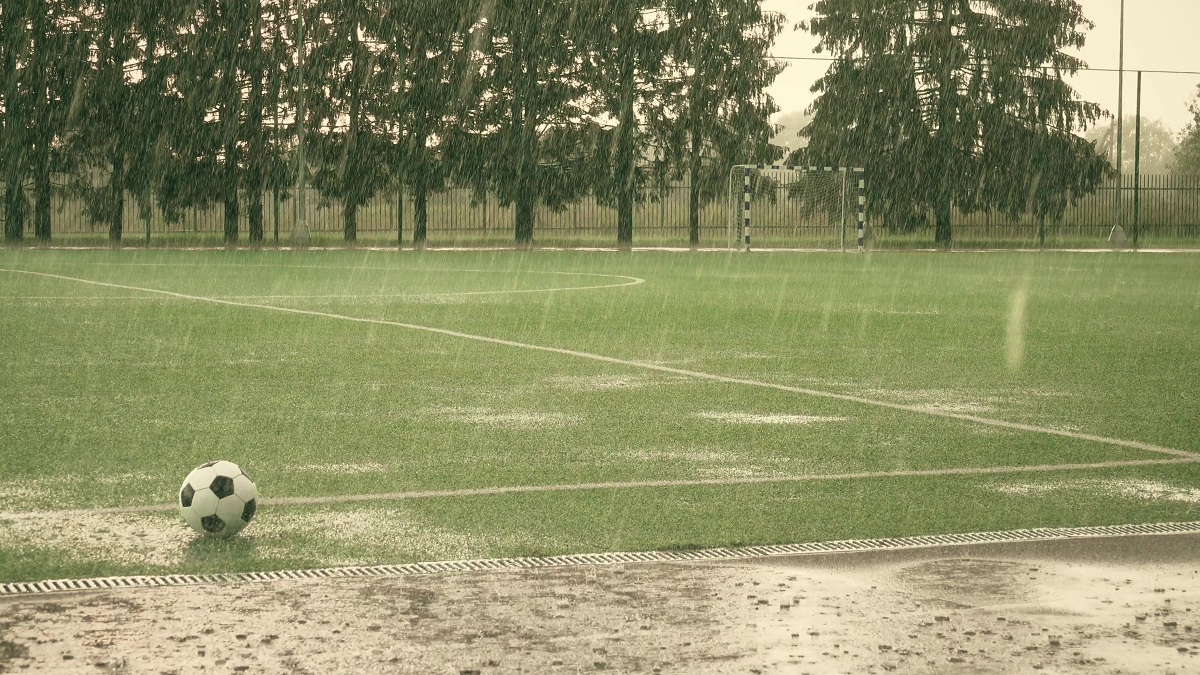

According to the NBC affiliate in Tampa, the man and woman, who were outside Raymond James Stadium after a Yankees/Braves game had been called for inclement weather, were both hit by lightning and taken to an area hospital. And while both were listed in stable condition, the incident served as a warning notice to sports event owners everywhere.
With spring and summer coming on, electrical storms are going to be front and center in terms of concern from parents and officials. Data from the National Weather Service indicates that about two-thirds of all deaths caused by lightning strikes are associated with outdoor recreational activities.
Many event owners have guidelines already in place; the NCAA has an incredibly extensive plan, available at this link, as do a number of others. Unfortunately, there are plenty of venues without any plans whatsoever.
Multi-field venues where large tournaments take place can be particularly vulnerable during the summer season; the National Lightning Safety Institute (NLSI) notes that safety programs for all sports facilities – from Little League to professional golf – “should include an early detection and warning alarm package. Lightning detectors can give notice to shut down dangerous operations before the arrival of lightning. (Note there is no defense from a "first strike" situation.) Detectors also may signal "all clear" conditions after the lightning threat has passed. Some type of detection package may help you with issues involving duty-to-warn, liability, or negligence issues.
Lightning detectors vary in complexity and cost from large, dedicated equipment packages costing in excess of $150,000 to inexpensive $20 to $30 Radio-Shack-type portable AM-FM weather radios. Network systems consisting of off-site information services are available in many places.” (The link above for the NLSI includes an “Accuracy vs. Cost. vs. Complexity” chart for various lightning safety detection options).
Additionally, the NLSI notes, “detectors can display early warning of lightning conditions to hazardous operations… A signaling or alarm notification method is essential to alert field personnel of developing dangerous circumstances. Two-way radios, remote-activation siren packages, strobe lights, and other methods are available.”
Note that some detection systems are designed for home or personal use while others are for commercial settings. Consult with a knowledgeable professional, such as an engineer, contractor or supplier, who can provide recommendations for what is needed in a specific setting. The National Weather Service also has local offices, found at this link.
NLSI notes that lightning detection units are only one part of an overall safety program, which should include the following:
- A written lightning safety policy
- Designation of a primary safety person
- Determination of when to suspend activities
- Determination of safe/not safe shelters
- Notification to persons at risk
- Education — at a minimum consider posting information about lightning and your organization’s safety program
- Determination of when to resume activities.
Compounding the dangers presented by electrical storms, however, is the amount of misinformation about them. Most individuals are unfamiliar with how to estimate the distance between themselves and an electrical storm, and additionally may not understand what constitutes a safe shelter (standing under trees is not safe and neither are running around erratically, riding in a golf cart, hiding under pool deck furniture, stretching out flat on the ground or huddling under an umbrella). Another fallacy: that you can only be struck by lightning if you’re out in a storm; in reality, notes the National Weather Service, lightning can travel 10 to 12 miles from a thunderstorm. This is often farther than the sound of thunder travels.
The CDC has instructions on effective safety measures during storms; that document is here. The SportsField Management Association also has documentation that may be helpful to field owners and managers.
“Anyone who is outside in the summer needs to understand some basic information about lightning,” notes the National Weather Service. “Each year, thunderstorms produce an estimated 20 to 25 million cloud-to-ground lightning flashes in the United States — each one of those flashes is a potential killer. Some of those flashes strike directly under the storm where it is raining, but some of the flashes reach out away from the storm where people perceive the lightning threat to be low or nonexistent and catch people by surprise.”

